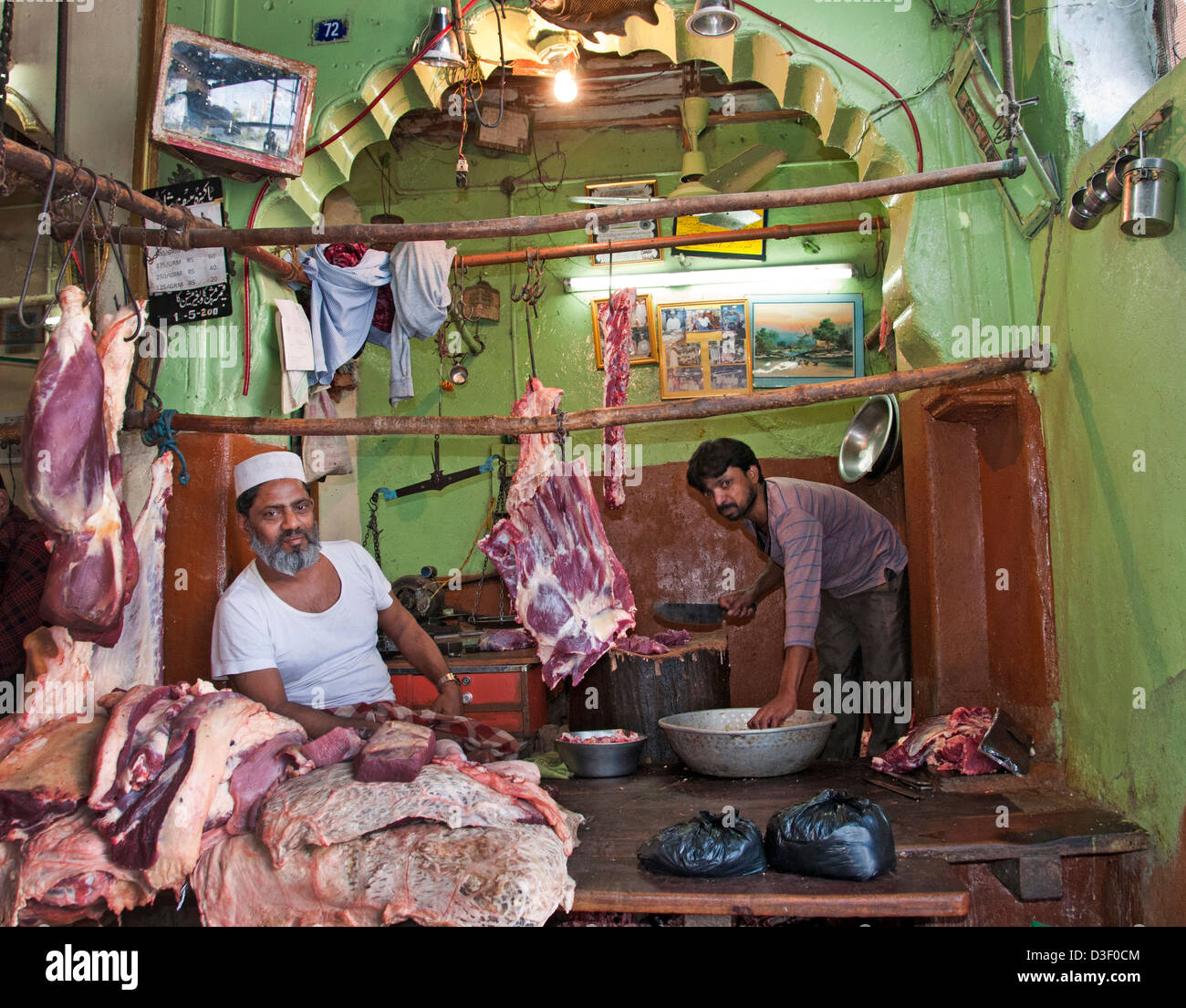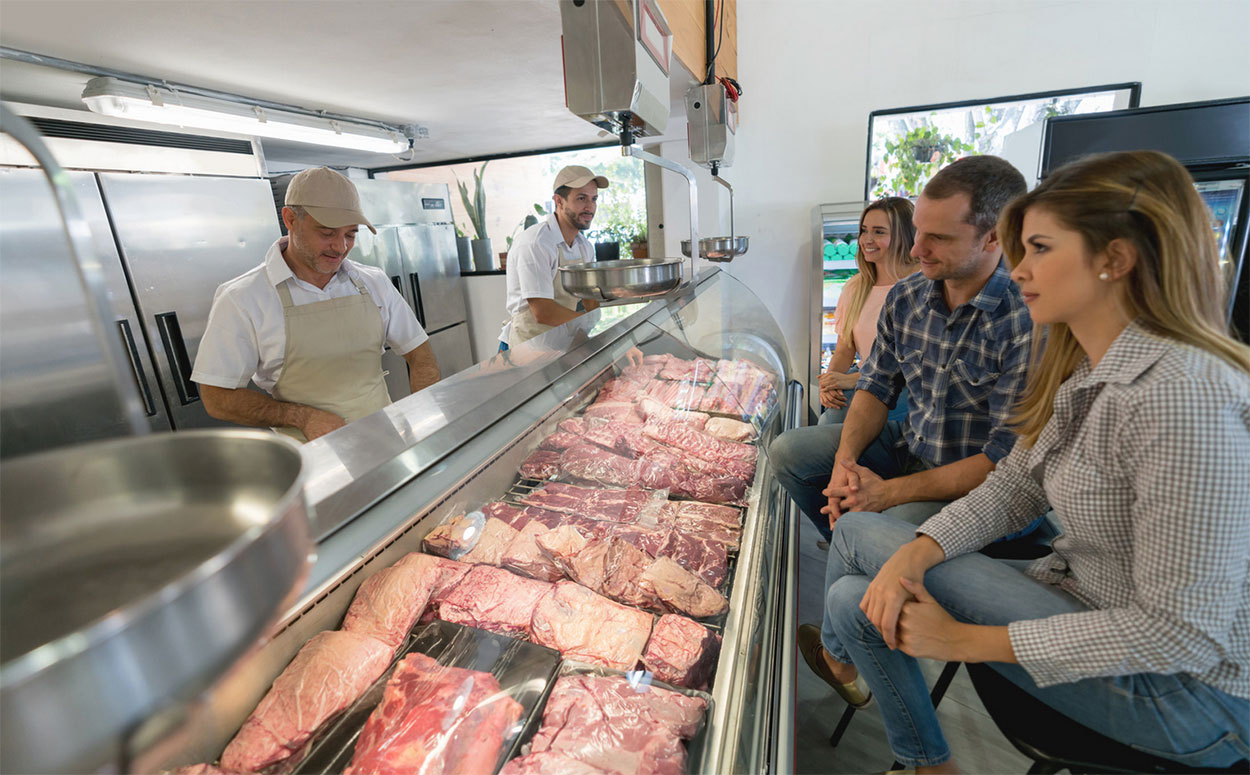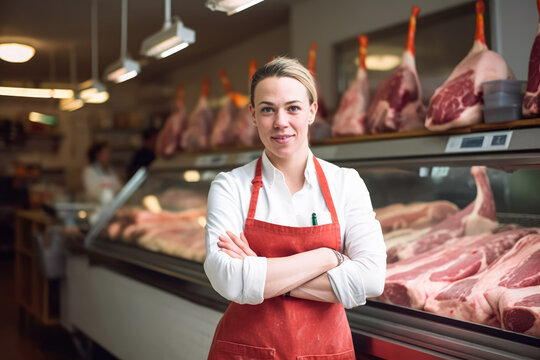From Farm to Table: Welcoming the Tradition of Meat Markets and Butcheries
In a period dominated by ease and mass production, there exists a peaceful revolution happening in the cooking world - a return to the origins of food sourcing through the tradition of meat markets and butcheries. These facilities, often overlooked in the darkness of grocery stores, are experiencing a rebirth as discerning consumers look for quality, traceability, and a connection to the beginnings of their food. What is driving this shift back to the methods of old? The response depends on the junction of heritage methods, honest considerations, and a need for a more authentic gastronomic experience.
The Renewal of Meat Markets
The revival of meat markets throughout numerous neighborhoods indicates a shift in the direction of a renewed appreciation for in your area sourced, top quality meats. Over the last few years, customers have become more conscious of the origins of their food, resulting in an expanding need for transparency and sustainability in the meat market. This trend has led the way for the resurgence of typical meat markets and butcheries, where customers can directly connect with well-informed butchers and resource their meat from nearby farms.
One of the vital driving aspects behind this revival is the wish for higher high quality and fresher items. By purchasing meat from local markets, consumers can make certain that they are getting fresh cuts that have not taken a trip cross countries or been sitting in storage space for extensive durations. Additionally, sustaining local meat markets aids strengthen the regional economic climate and advertises neighborhood links.
In addition, the rebirth of meat markets aligns with the more comprehensive motion in the direction of sustaining small-scale farmers and lasting farming techniques. By picking to purchase from these establishments, customers are not only obtaining better high quality meat but additionally contributing to an extra environmentally friendly and honest food system.
Workmanship in Butcheries
With the rebirth of meat markets stressing quality and sustainability, the focus shifts in the direction of acknowledging the elaborate craftsmanship presented in contemporary butcheries. Workmanship in butcheries exceeds just cutting meat; it personifies an ingrained custom of know-how and precision in dealing with various cuts of meat - Bagley Farms Meat Market. Butchers, frequently trained for many years, possess a wide range of knowledge on the composition of pets, knife skills, and the art of damaging down carcasses effectively
In modern butcheries, craftsmanship appears in the way butchers very carefully resource their meat, making certain high standards of quality and honest practices. They take pride in understanding the provenance of the meat they offer, working carefully with local farmers and suppliers to use consumers full openness and traceability.

In Your Area Sourced Meat Quality
Amid the expanding interest in lasting methods, a concentrate on in your area sourced meat quality has actually become increasingly famous in the meat market industry. Customers are increasingly looking for transparency in the sourcing and manufacturing of their meat, resulting in a rise popular for in your area increased and refined meats.
Locally sourced meat supplies many benefits, including fresher products, assistance for regional farmers, and lowered environmental effect due to decreased transportation distances. By buying meat from close-by farms and butcheries, consumers can have much more confidence in the quality and safety and security of the items they are getting.
In addition, in your area sourced meat typically originates from animals that have been elevated in more humane problems, with a concentrate on pet welfare and lasting farming techniques. This ethical method to meat manufacturing reverberates with several customers that are concerned concerning the origins of their food and its effect on the setting.
Farm-to-Table Shopping Experience
In the realm Read Full Report of locally sourced meat quality, the farm-to-table buying experience provides customers a straight connection to the beginnings of their food. This unique shopping experience enables clients to map the trip of their meat, from the farm where the animals were raised to the table where it will be taken pleasure in. By involving in farm-to-table shopping, individuals can acquire a deeper understanding of the farming methods, pet well-being criteria, and sustainability initiatives entailed in producing their meat.

Tradition Fulfills Modern Society


The convergence of standard meat markets and butcheries with modern-day culture presents an one-of-a-kind possibility for the conservation of artisanal methods in a modern context. While contemporary innovations have actually changed numerous sectors, the significance of typical meat markets and butcheries continues to be deeply rooted in background and workmanship. This mix of custom and modernity permits the extension of classic strategies while adjusting to the requirements and preferences of today's consumers.
In today's fast-paced globe, where ease usually surpasses quality, there is a growing appreciation for the heritage and credibility that typical meat markets and butcheries supply. Customers are progressively seeking transparency in the sourcing and production of their food, leading them back to the personalized service and proficiency found in these facilities. The emphasis on sustainability and honest practices straightens with the values upheld by several standard meat markets and butcheries, fostering a feeling of community and responsibility in the direction of the environment.
As culture this continues to evolve, the coalescence of custom and modernity in meat markets and butcheries not only makes certain the preservation of artisanal practices however additionally enhances the culinary landscape with a mix of heritage and innovation.
Verdict
In conclusion, the tradition of meat markets and butcheries is experiencing a renewal in modern-day society. These facilities supply locally sourced meat of high quality, giving a farm-to-table shopping experience for consumers.
In an age controlled by convenience and mass production, there exists a silent change taking place in the cooking globe - a return to the origins of food sourcing via the tradition of meat markets and butcheries.The revival of meat markets throughout various areas indicates a change in the direction of a restored admiration for in your area sourced, top quality meats.With the resurgence of meat markets emphasizing high quality and sustainability, the emphasis changes in the direction of recognizing the elaborate craftsmanship showed in modern-day butcheries. Workmanship in my explanation butcheries goes past simply cutting meat; it embodies a deep-rooted custom of know-how and accuracy in taking care of various cuts of meat.In today's fast-paced world, where convenience frequently defeats top quality, there is an expanding gratitude for the heritage and authenticity that standard meat markets and butcheries use.